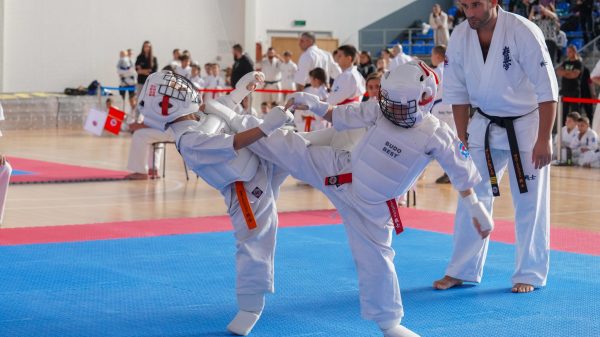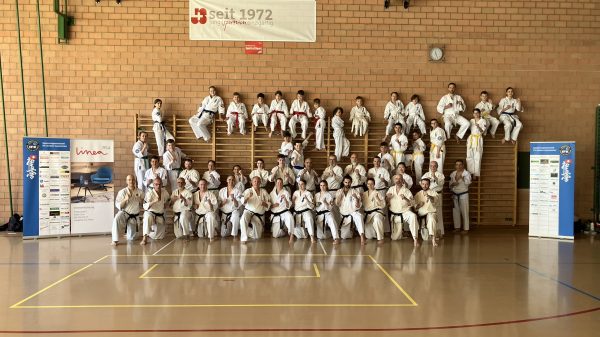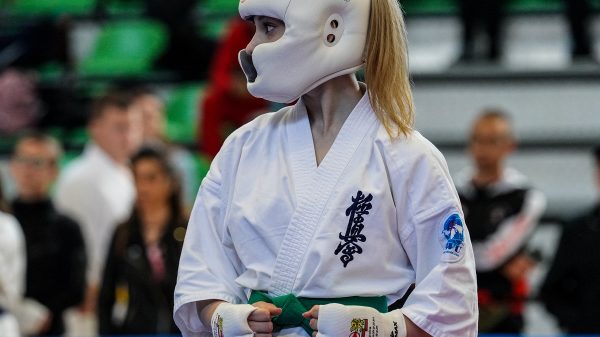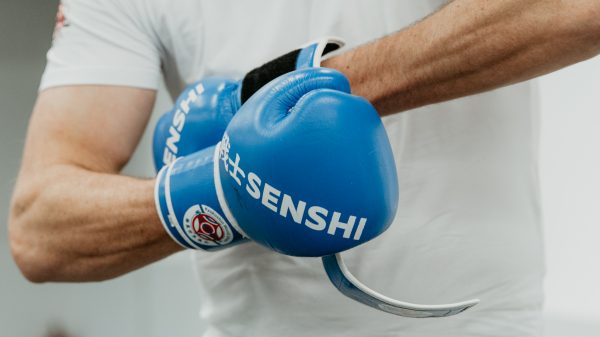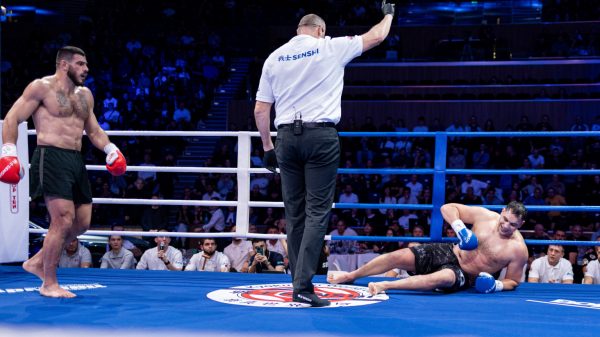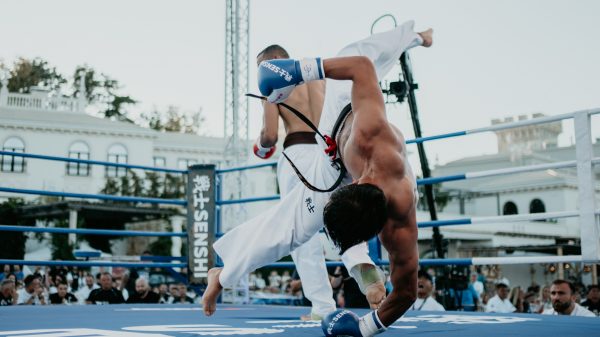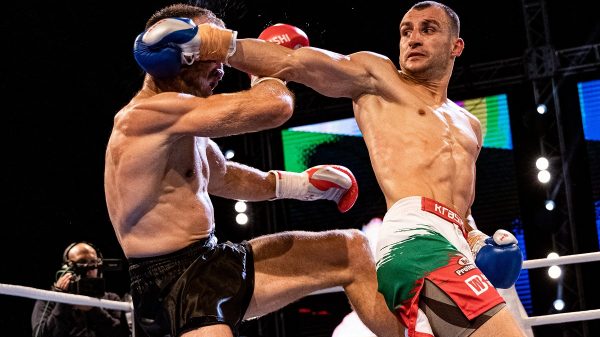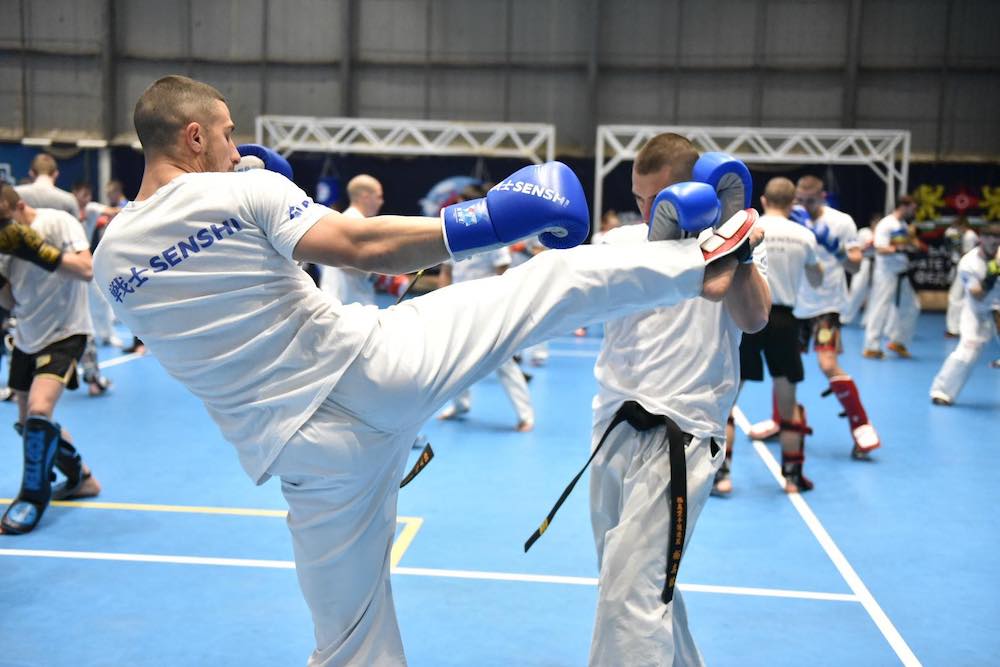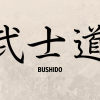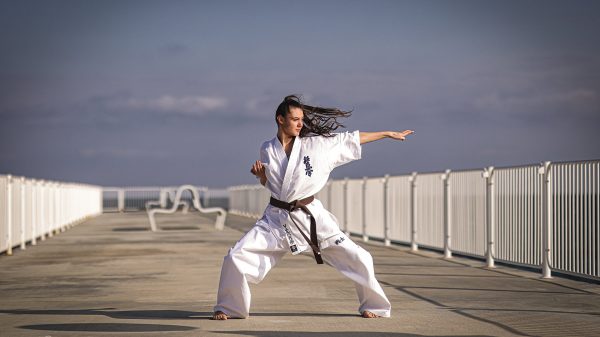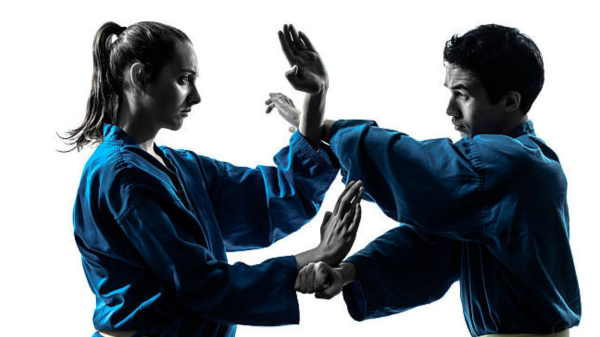Instructor: “All right! Ready to get signed up?”
Student: “You bet. I can’t wait to become a lethal, but humble, weapon!”
Instructor: “Awesome. I love your enthusiasm. Go ahead and sign this waiver, and then we’ll get you on your way to being a humb…leth…a weapon.”
Student: “Awesome. I’ll go ahead and…hey, it says something about injury or death? I have to go to work tomorrow, so…”
Instructor: “It’s pretty standard, really. I don’t think you’re going to have to worry about anything, it just means you’re accepting the risk of training.”
Student: (continues scanning paper) Hmm, let me think about it.”
Martial arts are a great outlet for stress, excellent exercise, fun, mentally stimulating, and a source of lifelong learning and personal growth. They also have the potential for injury and should be practiced safely. That said, people often either take safety too lightly, or are so worried about getting hurt that they become paralyzed with fear, and may never train at all. Neither extreme is good. As with most things in life, the middle way is best.
Accidents Will Happen
It is important to point out, right at the beginning, that most things in life are potentially dangerous. From possible accidents, while driving our cars to slip and falling while taking a shower, we all face the risk of injury every day. Throughout my more than 30 years of training, I have sustained a few injuries, but only one was serious: a broken clavicle. It was quite a wake-up call, that’s for sure. Safety became more important to me after that experience, and while I wanted rigorous, challenging, training, I wanted to be able to train without injury as much as possible.
How Can You Practice Martial Arts Safely?
Every martial art has its own particular risks, and because of that, I think you should choose the one you like and take all of the precautions you can to train smart and safe. When it comes to safety, the best place to start is with the instructor. Ultimately, the head instructor sets the tone and establishes the culture of how people train together in the school. If you are looking for a new school and you attend or observe a class, watching the teacher can tell you a lot about them.
Pay attention to how the students treat each other as well. I’ve witnessed classes where someone was getting out of hand and the instructor dealt with it swiftly. There have been other times when the instructor either didn’t notice or didn’t seem to care. Depending on how you like to train, that may be a factor. (I know which school I would prefer.)
Here are some things to consider regarding studying safely, whether you are looking for a new school or assessing where you currently train.
Does the school have a culture of no pain no gain? I knew someone that was training at a school that primarily focused on the full-contact competition, but the student was just training recreationally. It was a bad fit. In a short amount of time, the student incurred a serious injury that lasted for years. Sadly, it was preventable, but the student didn’t stop and opt out of the training until it was too late. You have to do what is best for you. You are your own best advocate.
Is the teacher conscious of safety? Do they encourage using mats and pads when appropriate?
Is there adequate supervision of the class? Tempers can flare quickly in some sparring/free practice situations. A teacher or assistant keeping things from getting out of control is important.
Are children and adults training together? There are occasions where this may be acceptable, but for the most part, and with most arts, they should be separate.
Are there a lot of injuries in the class? While injuries are always a possibility, if they are a regular occurrence there may be an issue with the way things are being taught.
How do you feel about your training? Do you have concerns about training safely? If so, it is best to speak with the head instructor and allow them the opportunity to address them.
Risk
The way a student wants to train is up to them. What may be deemed an acceptable risk can vary widely among students and teachers alike, even within the same art. Some students I have spoken with over the years were uncomfortable with certain techniques or practices within a school but went along with them anyway because they felt there was no other option. It is important to remember that people, for the most part, only have the power over you that you give them, and it can be revoked at any time. Always look out for yourself. There should be a better chance that you will leave your class with a spring in your step, because you are enjoying what you are doing, rather than limping to your car for a trip to the emergency room.
Train hard, smart, and safe.


